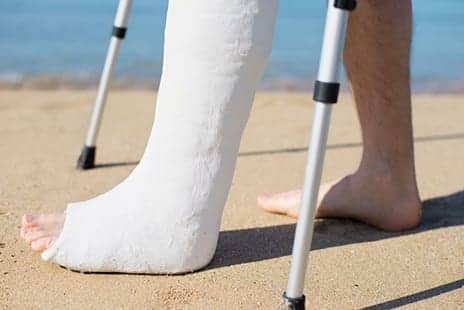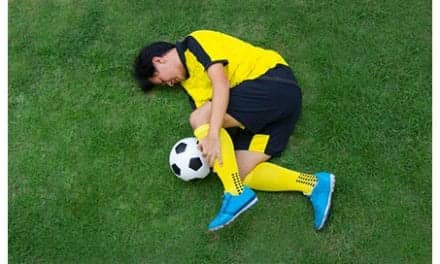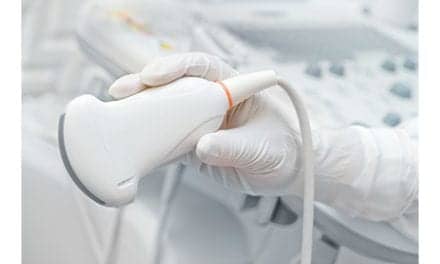Delivering additional Jagged-1—a potent osteoinductive protein known to activate the Notch signaling pathway that regulates bone healing—at the spot of a bone injury may help spur slow- or non-healing bones to heal properly, a researcher states.
“Novel therapies have gone underdeveloped because of this assumption that bones heal without problem,” says Kurt Hankenson, DVM, PhD, a professor of orthopaedic surgery at Michigan Medicine. “The reality is there’s a huge number of fractures that occur each year that don’t heal very well.”
“We’ve hypothesized for many years that by binding the Jagged-1 to a biomaterial and delivering it to a bone injury site, we could enhance healing,” he adds, in a media release from Michigan Medicine – University of Michigan.
A restorative tactic known as bone morphogenetic proteins (BMPs) was designed to promote spinal fusion and bone repair. However, these molecules can overperform, causing excessive or misdirected bone growth.
In his study, published in Regenerative Medicine, he suggests that rodents that received Jagged-1, applied via wet collagen sponge, saw improvements to skull and femoral bone injuries.
In contrast, rodents treated with BMPs also benefited but developed the same problematic bone hypertrophy associated with human use of those proteins, suggesting that Jagged-1 therapy could someday benefit people, the release explains.
Those with serious breaks or fractures that would otherwise require autogenous bone grafting stand to benefit the most from supplemental Jagged-1 injections, Hankenson states.
Patients with slow-healing or nonhealing bones might also receive Jagged-1 well after an injury occurs, he adds.
“We’ve been very motivated to develop new therapeutics to repair bone,” h concludes, “and the approach we’ve taken to do that is to better understand the biology of healing.”
[Source(s): Michigan Medicine – University of Michigan, Newswise]





